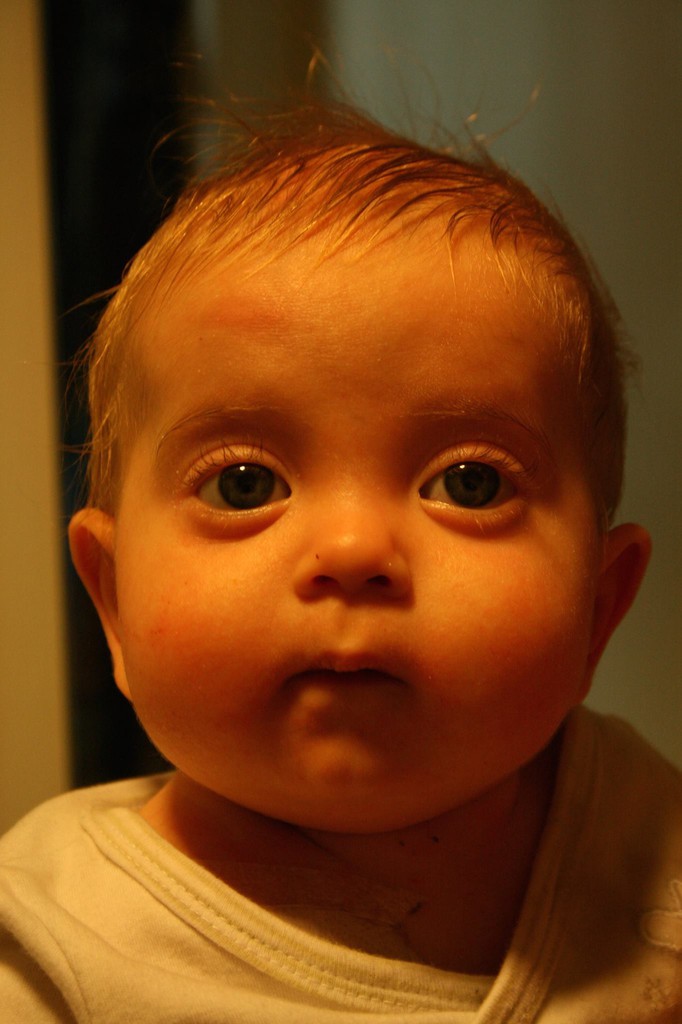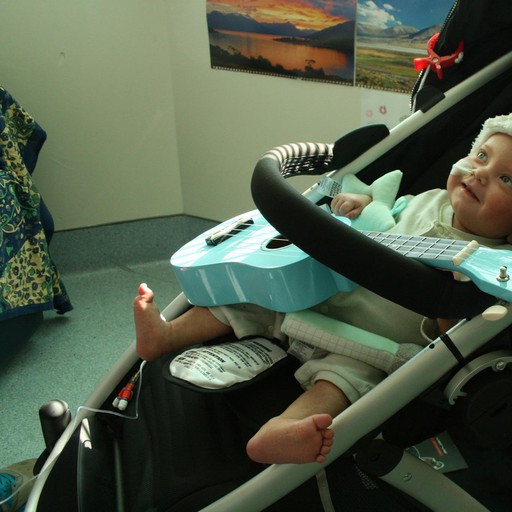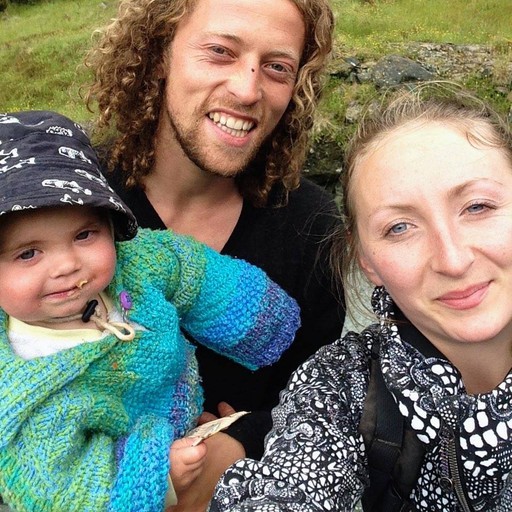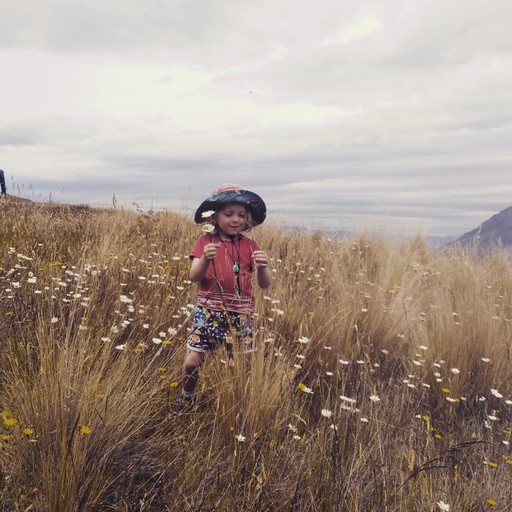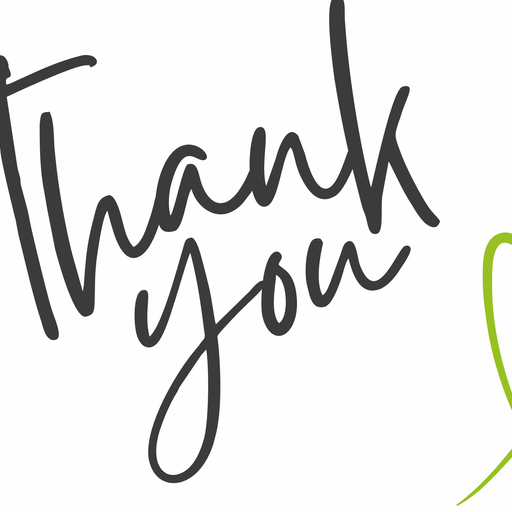My Story:
Kaya
From Southland
Kaya’s Story told by Mum Luka
It all started after a 17-hour labour, that Kaya was born in Invercargill Hospital. He wasn’t breathing.
They whisked him away from my arms to be resuscitated, then finally, more than a minute later he took his first breath, and we were reunited. It wasn’t long, however, until we were woken up with a start to find out he had had a seizure at 9 hours old, and he would have to be isolated in his incubator from then on and a helicopter would be coming to take him to Dunedin Neonatal Intensive Care. They didn’t have space for us on board, so there came the most harrowing journey of my life to get there by car and not know if we’d meet our baby alive again.
Thankfully he was alive, hooked up to every wire possible, monitoring absolutely all his stats, a venus line from his navel, brain, heart, toes, bound in his incubator. The only contact we could have with our newborn was through the hand portals. We sat next to him, my breasts bursting to give milk but all he was allowed was sucrose. I dedicated all my time to expressing and freezing all that I could for him when he would be ready.
After four long days, he was free from most of the wires, confident that he was ready to be transferred back to Invercargill. Soon we would be reunited with our boy, and it looked like the worst was over. The only concern was a low platelet count. 18 days later, we were set free from hospital and back to our little cottage in Lumsden. They would send a nurse to take blood weekly to check how his platelet levels were doing. As far as we were concerned, this was intrusive and unnecessary, to us he seemed like a perfectly happy, thriving little baby. Alas, this was only the start of a terribly anxious, confusing and frustrating journey towards his eventual diagnosis of Wiskott-Aldrich Syndrome.
The symptoms started really becoming apparent after he turned 3 months old, and the antibodies from my breastmilk were not working to protect him anymore. First it was the eczema. Not just a little eczema, but debilitating, widespread all over his little body. Weeping and inflamed, like nothing I’d ever seen before. His little body covered with this, combined with the tell-tale petechiae rash of thrombocytopenia, I started a Dr. Google diagnosis and was led to the Wikipedia page of Wiskott-Aldrich Syndrome. My heart sank so low. I couldn’t have known what we would be in for, it could have been any number of things, but my intuition told me this was what he had. It would take another month before we could confirm this diagnosis with the immunologists at Starship.
First, he had Splenomegaly, and then he contracted PCP-Pneumonia, which was shockingly far in its onset when we got him admitted to Invercargill Hospital. This was the sign they needed to rush us up for our referral to Starship. A private plane was sent for us as Kaya’s immune system was far too fragile to risk exposure in public transport. Suddenly, we three were in the little plane, taken away from Kaya’s grandmother who had come over from Holland to visit us. We met with Dr. Kahn Preece, the wonderful immunologist, who referred us to the genetic testing which confirmed that Kaya indeed had the exceedingly rare genetic syndrome.
We became aware that we would be going through a bone-marrow / stem-cell transplant for our baby boy. . Those days in isolation, in that little room overlooking Auckland City, were some of the most surreal of our lives. Although our situation seemed dire, his veins were all blown from all the IV lines, Kaya was still the happiest little baby, and I daresay wise beyond his few months. Throughout all his ailments, his eyes were shining so brightly, he didn’t stop laughing and smiling, and would consistently shock and surprise the Doctors who walked through the door, with his intense gaze into their eyes, he seemed to be hanging on to their every word. His incredible energy kept us strong, his innocence and pure spirit kept us so entranced and in love, and we were counting all our blessings. That we could be together, all three of us, my artistic symbolic mind kept reminding myself that triangle is the strongest shape that exists.
We were soon to meet Dr. Nyree Cole, paediatric haematologist and her incredible Nurse Nicola, the brilliant duo who would accompany us through the entire journey through the stem-cell transplant. Dr. Cole explained it to us in metaphor that I will never forget that they’d be weeding out the soil within his bones, and planting new seeds. I continued with metaphor to help me through those dark days, that he was a little caterpillar that needed to go into his chrysalis in order to become the butterfly he was destined to be. And each time I left the ward to get fresh air, I’d see monarch butterflies fluttering by. First, however, they needed to find a matched donor. So we were sent back home, to wait it out, and keep in isolation.
At our regular appointments in Invercargill during this time we were rushed into isolated rooms, we were full of fear about the invisible bugs which threatened his life before he could receive his new marrow. After six weeks at home, and failure to find a perfect match, they decided instead to give him a haplo-identical transplant, straight out of my own hip. It would require a slightly different process, but they had come in leaps-and-bounds over the past years to make this a just as viable treatment.
So we were admitted to Ward 7B, and so began Kaya's 4 months of isolation in the ward. It was terrifying but a relief to have the Hickman Line inserted into his chest, no more painful blood tests, he had had more of those than we could count already. Blood and platelet transfusions would become more and more a normal part of our days, monitors constantly beeping, observations, morning rounds, it was an exhausting and harrowing few months to say the least. He was also unsurprisingly given the diagnosis of Failure to Thrive, and spent most of his days with a nasal-gastric tube to supplement his calorie intake. Steroids were a regular medication which caused many unpleasant side-effects.
We kept our spirits high, we surrounded him with art and music, and appreciated the golden light pouring in from the window. We bathed him with immense difficulty due to his Hickman Line and terrible eczemateous irritation surrounding the line, but together as a team we could manage it. Lathered him up six times a day with barrier cream to prevent infection of his skin. His transplant date was pushed back as his platelet count kept dropping impossibly low, even straight after a platelet transfusion. His syndrome had caused him to develop an autoimmune condition which was destroying platelets. So it was too risky, before he could get into transplant, he first had to complete four weeks of chemotherapy to deplete the cells responsible for causing this problem. In this anxious time he also contracted bronculitis, which was very uncomfortable to deal with, but luckily passed on time for his transplant.
He began the 10 day protocol. This was horrific, the darkest days of our life, to see our little baby suffering so much. No more smiling. No more feeding. The day of the transplant, I went over to the Auckland Hospital to get my operation. It pained me enormously to be away from him at such a crucial time, so incredibly vulnerable. My operation passed without a hitch, and I could make it back to our room on time to witness my bone marrow transfusing down his line into his bloodstream. He even tried to breastfeed at this time, and it was actually pretty incredible, to be pouring life into him through marrow and milk, I imagined a golden umbilical cord connecting our navels too, and poured in all the golden light of love that I could possibly give.
The next couple of days were very, very hard. His tiny little body bloated up with all the fluids that had to go through his Hickman Line, and he had to receive yet more chemotherapy as is the process of the haploidentical transplant. We had the absolutely incredible support of the Starship team, and felt so lucky to be in their capable hands. We waited desperately for the neutrophils to appear on the blood test, the first sign of engraftment. Dr. Nyree was ecstatic to see a tinge of red on his feet, and we felt hope that it had worked. The next morning, the neutrophils had appeared on the blood test! and day after day, his numbers soared! At one point through this he came very close to getting into Intensive Care, with a heart rate of 190-200- and 40-degree fever, but he didn’t tip over the edge, he came back down.
We cuddled our pale little boy nearly 24/7, and I’ll never forget the first smile! It came with a clapping song, in the morning sun, and he burst out into a smile and clapped his hands, still very weak but we knew then that he’d made it! His numbers were incredible, he had more platelets than he’d ever had, and day by day he got stronger, his skin was very red, and the medication schedule was comprehensive, Acute Graft-versus-host-disease was in full force, but it was in control and appeared to be just his skin affected. His liver had a little bit of trouble too, later, but luckily it settled down. We were to be discharged from the ward, to be outpatients. Papa Tun trained as Kaya’s main Nurse, and learned how to administer the subcutaneous shot, and all the oral medicines. We could hardly believe it!! Suddenly, we had a beautiful pram from Ronald McDonald house, with a protective plastic cover and we could load it up with Kaya and his toys and roll him out into our new apartment at Ronald McDonald house, less than five minutes from the ward, but a world away.
Kaya slept a lot during this time, I think the sensory overload was incredible! We would stay here for a few months after, following up first daily at the hospital, then three times a week, then one time, and gradually less and less. We continued diligently giving his medication three times a day, and through the nasal gastric tube we gave him most of his food. He was nauseous a lot, there were many night-time wake-ups with sickness. The rash was still very apparent. But our baby was alive and full of incredible energy! He learned to ride a trike we borrowed from the House at 10 months old, before he could even crawl! (well actually, he was more of a shuffle and slide along on his bum kind of guy!) The trike gave him so much joy, he was zooming around our apartment, and in the park, we could hardly believe our eyes! I think the little independence he gained from that gave him a massive confidence boost. We could finally go home, with his medications down to three, plus his weekly immunoglobulin shot.
Regular hospital visits would continue for two years, He began eating furiously and we could get rid of the nasal gastric tube. but his signs of chronic-GVHD kept him on immunosuppressants for quite some time. We were desperate to get over to the Netherlands to reunite with Tun's family, and so Dr. Cole organised a referral to a major research hospital in Tun’s hometown of Leiden. It was there that they confirmed with their wealth of experience in such cases, that the rash he had now was not GVHD. It was only eczema. So we were able to wean him off his immunosuppressants, and a month after we were in Holland with strict instructions from a dermatologist (we were to use only Vaseline as a barrier cream, and the topical steroids they prescribed) and his skin cleared up entirely.
Since then, Kaya has been incredibly well, we were able to stop with everything and now he takes absolutely no medication or skin creams at all. He's growing fast, and no-one could ever guess what we went through together. We feel so strange when we must explain what happened with him, as it seems so far away, and yet it made us who we are today. I’m forever grateful for the huge team of wonderful people who were with us on this journey, and the invaluable support of Invercargill Hospital, Ronald McDonald House,Starship Hospital and IDFNZ, and feel so incredibly lucky that our child could have a chance to live a full life. He’s overflowing with joy for every day, unbelievable enthusiasm for life, and he has already touched so many people’s hearts, and led us on a journey we could have never imagined both inside and outside of the hospital.
Luka Vogt

